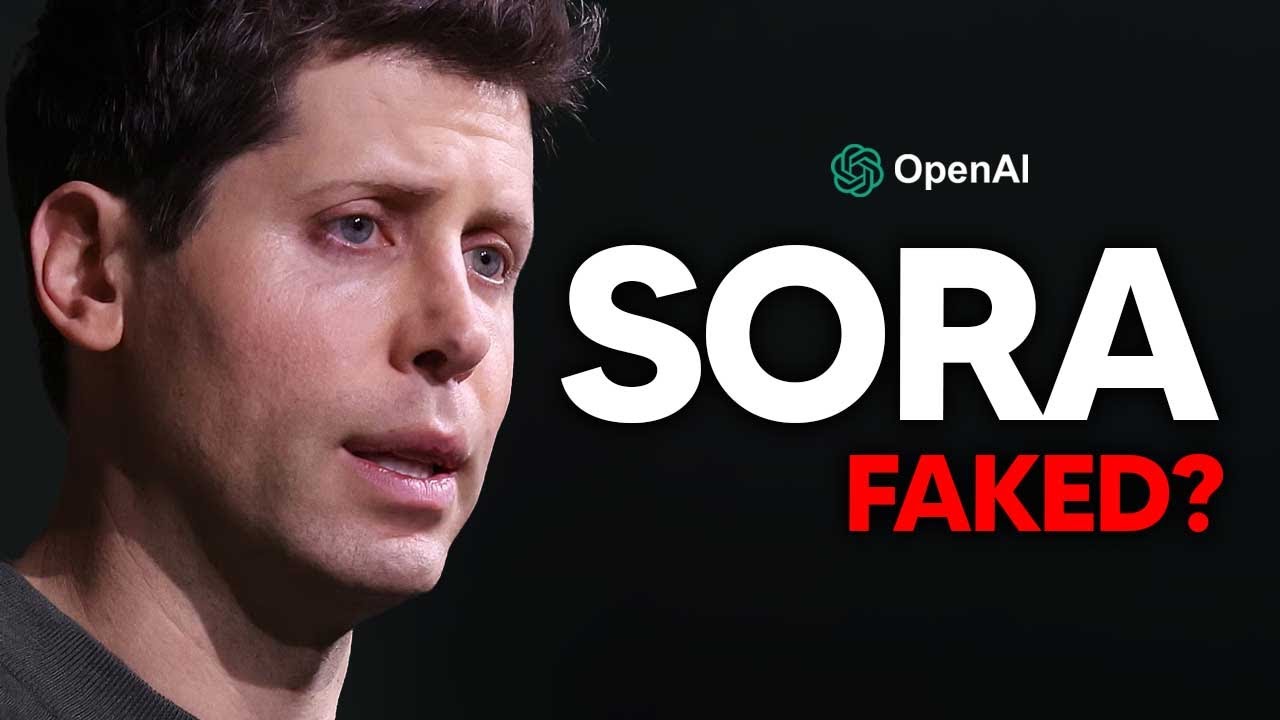Recent developments in AI include controversies surrounding the manual editing involved in a video generated by OpenAI’s Sora tool, Elon Musk’s company x.a close to securing a substantial investment of $6 billion at an $18 billion valuation, and advancements in AI avatars and humanoid robot technology. The emergence of platforms like Talkie AI and Synthesia AI’s Generation 7 technology showcase progress in AI capabilities, but also raise concerns about misuse of AI technology for spreading fake audio content, emphasizing the need for responsible usage and verification mechanisms.
In a recent development in artificial intelligence, it was revealed that a video generated by OpenAI’s Sora tool called “Lighthead” had some manual editing and rotoscoping involved, sparking discussions about the tool’s capabilities. Despite criticisms, the behind-the-scenes breakdown of Sora’s functionality sheds light on its exclusive technology and the rendering process, which takes about 10 to 20 minutes per clip. The potential for Sora to revolutionize video creation, especially with improved character consistency and reduced render times, could be a game-changer for industries relying on visual effects.
Elon Musk’s company, x.a, is close to securing a $6 billion investment at an $18 billion valuation, reflecting investors’ confidence in Musk’s track record and the transformative potential of AI technology. With competition intensifying in the AI space, particularly with tech giants like Meta and Google investing heavily in compute capacity, x.a’s funding aims to bolster their position and advance AI integration with Tesla. This move highlights the strategic importance of AI in shaping future technologies and underscores the need for significant investments to stay competitive.
The emergence of Talkie AI, a platform allowing interactions with AI avatars, offers a unique user experience with diverse characters and voice options. The recent introduction of expressive AI avatars, capable of conveying emotions through tone, facial expressions, and body language, showcases advancements in AI technology for enhanced realism. While the technology may have limitations in replicating subtle human nuances, it presents opportunities for businesses to create engaging content and improve communication strategies.
Synthesia AI’s unveiling of Generation 7 technology marks a significant milestone in humanoid robot development, focusing on general-purpose tasks and autonomous capabilities. The integration of advanced vision systems and potential enhancements, such as reasoning through large language models, could elevate Synthesia AI’s robots to new levels of functionality. However, the absence of demonstrations featuring leg movement raises questions about the technology’s full range of capabilities and future developments in the field.
A concerning incident involving AI-generated fake audio purporting racist and anti-semitic remarks by a school principal highlights the misuse of AI technology for malicious intent. The incident not only caused disruptions and distress but also underscores the need for enhanced verification mechanisms to distinguish between authentic and AI-generated content. As AI tools become more accessible, ensuring responsible usage and mitigating potential misuse are crucial considerations for safeguarding against misinformation and harmful impacts on individuals and communities.
